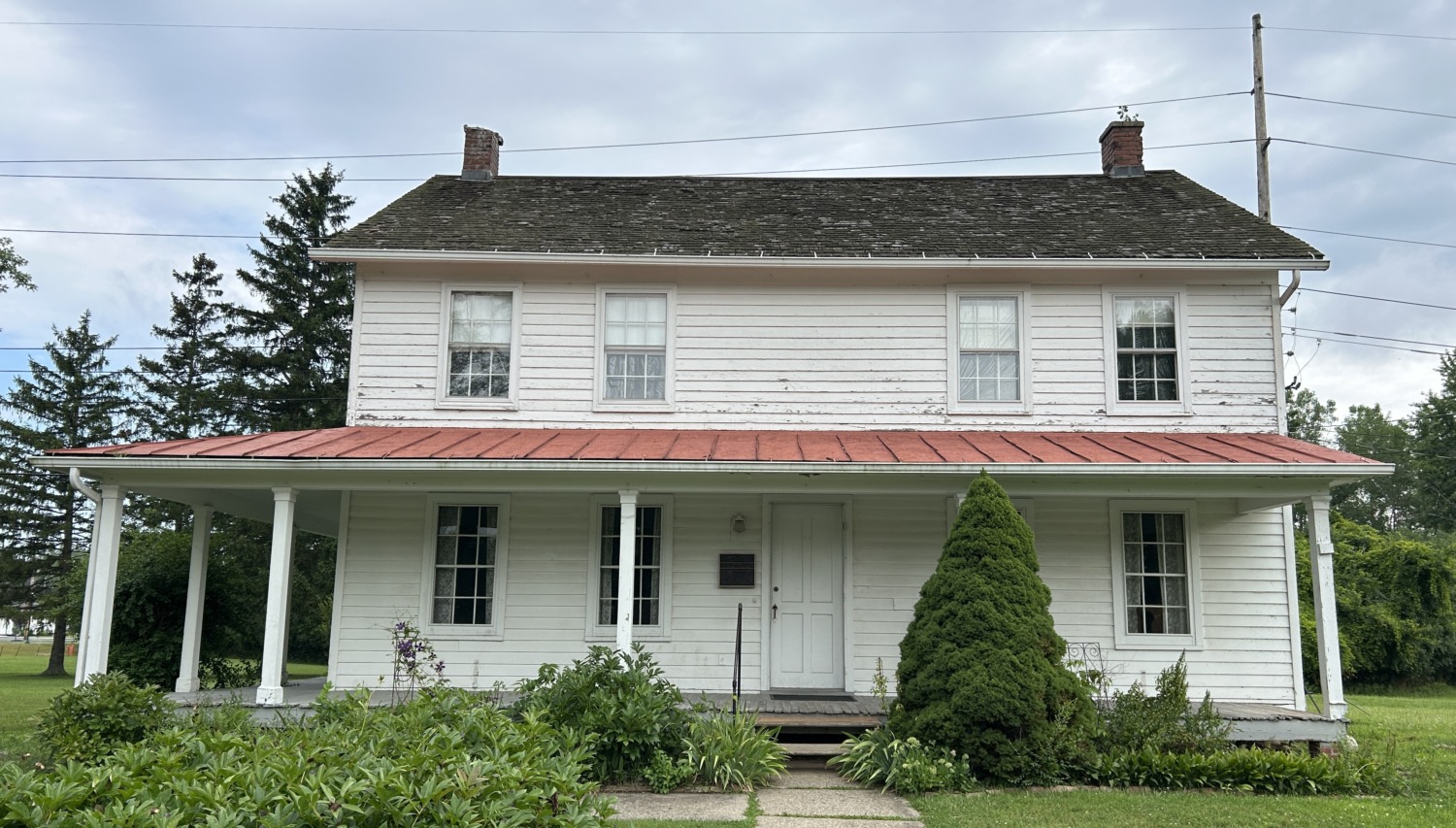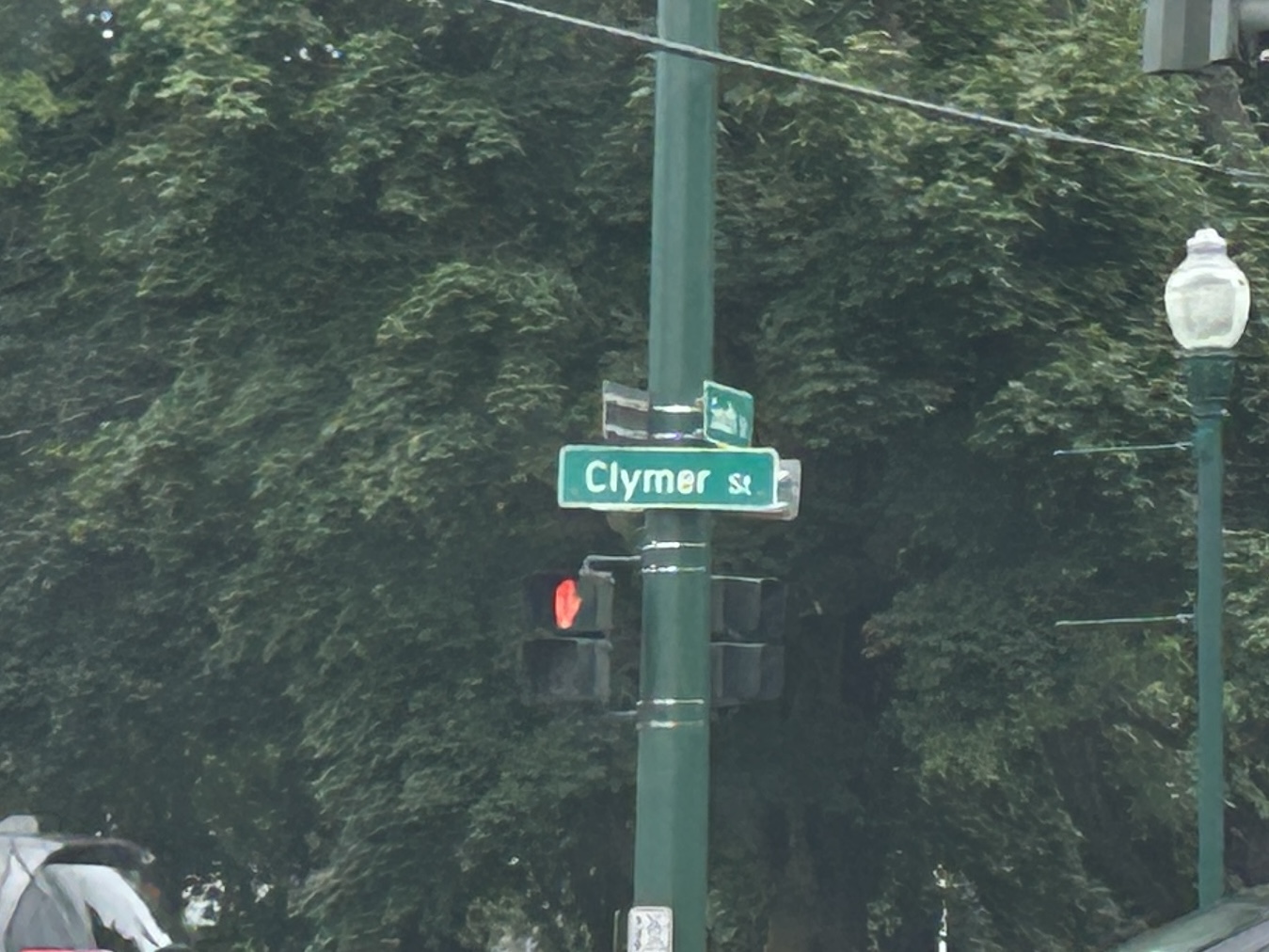Tom and I got up bright and early, ready see the Harriet Tubman National Historic Park. I have three lists that I use to keep track of the National Park sites we visit. One list is in my Passport book and the sites are listed by region. A second list is on my iPad, where the sites are listed alphabetically by state. A third list is the National Park app, which allows me to bookmark the sites that I have visited. On this list, the sites are listed alphabetically by site name.
Going back and forth between my three lists can get a bit confusing. I try to keep them updated and I worked on them during the time Tom was driving on our way back to Ohio. One of the frustrating things about the National Park app is that it lists the minutiae of the parks. Instead of listing “Capital Parks East” like my Passport book, it lists each of the Capital parks. The app also includes sites that have just become National Park sites, even if they don’t have any signage, a visitor center, or a stamp. I would prefer to wait to visit the site until it is really up and running, but the app doesn’t differentiate.
Harriet Tubman National Historical Park in Auburn, New York, is one of these new sites. Although the NPS site for it looks like the park is up and running, it has this under basic information: “Harriet Tubman National Historical Park is centered around the Thompson Memorial A.M.E. Zion Church and Parsonage at 47 Parker Street, Auburn New York. The church and parsonage are open seasonally, Fridays and Saturdays from 10am to 4pm. Ranger-guided programs are offered during open hours. The Harriet Tubman Visitor Center, Tubman Home for the Aged, and the Harriet Tubman Residence are operated by NPS partner, the Harriet Tubman Home, Inc. Visit their website for current hours and information.”
Is that clear? Do you know when to visit? Tom and I decided to be happy with finding the house and taking a picture of it. We were there on a Tuesday, so the house wasn’t open for tours. To make it even more confusing, you are supposed to call to set up a tour and they will call you back. We found the house, took a picture, saw the AME Zion Church, and headed on down the road. I am a great admirer of Harriet Tubman and her work before and during the Civil War. Hopefully we will be able to visit this site when it is open more hours.
Harriet Tubman was an American abolitionist and social activist. Born into slavery, Tubman was beaten and whipped as a child. Early in life, she suffered a traumatic head wound when an irate overseer threw a heavy metal weight, intending to hit another slave, but hit her instead. The injury caused dizziness, pain, and spells of hypersomnia, which occurred throughout her life. After her injury, Tubman began experiencing strange visions and vivid dreams, which she ascribed to premonitions from God. These experiences, combined with her Methodist upbringing, led her to become devoutly religious.
In 1849, Tubman escaped to Philadelphia, only to return to Maryland to rescue her family soon after. Slowly, one group at a time, she brought relatives with her out of the state, and eventually guided dozens of other enslaved people to freedom. Tubman travelled by night and in extreme secrecy, and later said she “never lost a passenger”. Tubman met John Brown in 1858, and helped him plan and recruit supporters for his 1859 raid on Harpers Ferry.
When the Civil War began, Tubman worked for the Union Army, first as a cook and nurse, and then as an armed scout and spy. For her guidance of the raid at Combahee Ferry, which liberated more than 700 enslaved people, she is widely credited as the first woman to lead an armed military operation in the United States. After the war, she retired to the family home on property she had purchased in 1859 in Auburn, New York. Tubman is commonly viewed as an icon of courage and freedom.
The Seward House Museum is also in Auburn, and it seemed like that might be a good NPS site. William Henry Seward was an American politician who served as United States Secretary of State from 1861 to 1869. Seward was a determined opponent of the spread of slavery in the years leading up to the American Civil War. He also negotiated the treaty for the United States to purchase the Alaska Territory. Seward was one of the targets of the 1865 assassination plot that killed Lincoln and was seriously wounded by conspirator Lewis Powell. Seward’s wife, Frances Adeline Seward, worked with the abolitionist movement in Auburn and was a friend of Harriet Tubman.
As we were driving through Auburn, we happened to see this street sign. Clymer Street, named – I am sure – after George Clymer, an abolitionist and one of the signers of the Declaration of Independence. Although I didn’t get a stamp at Harriet Tubman, it was an interesting visit to Auburn.


